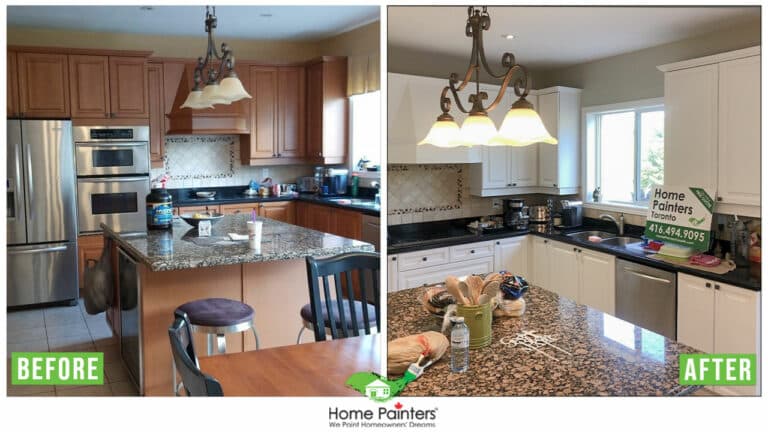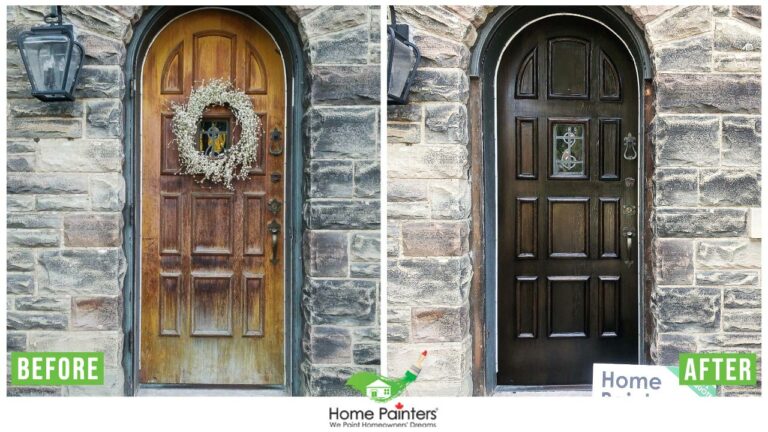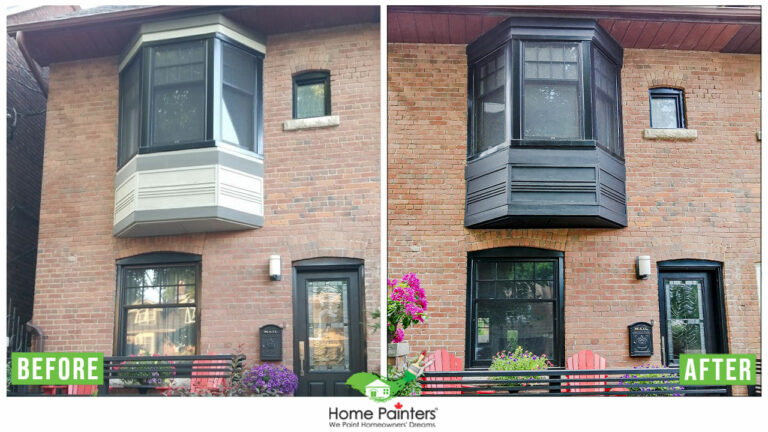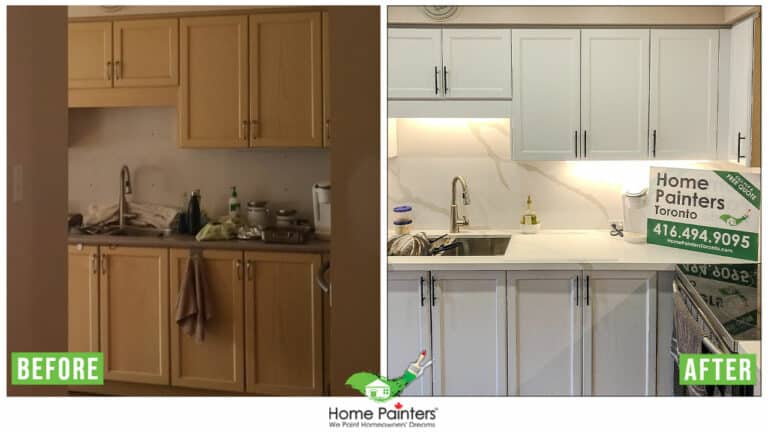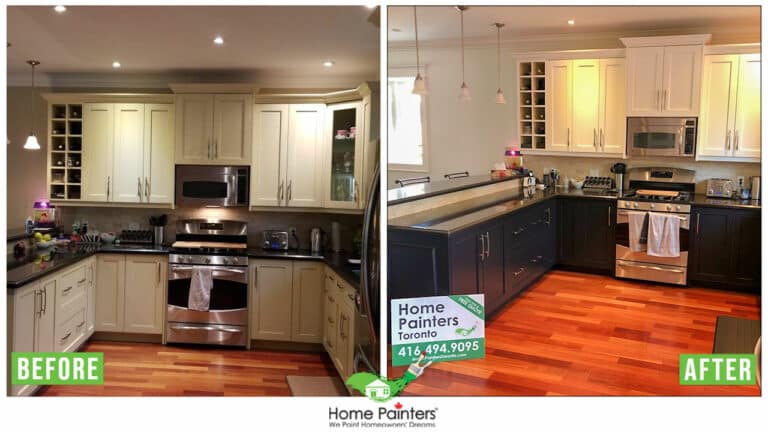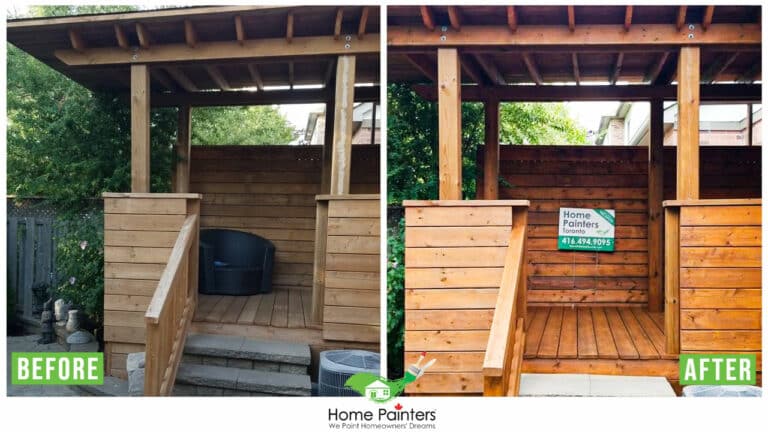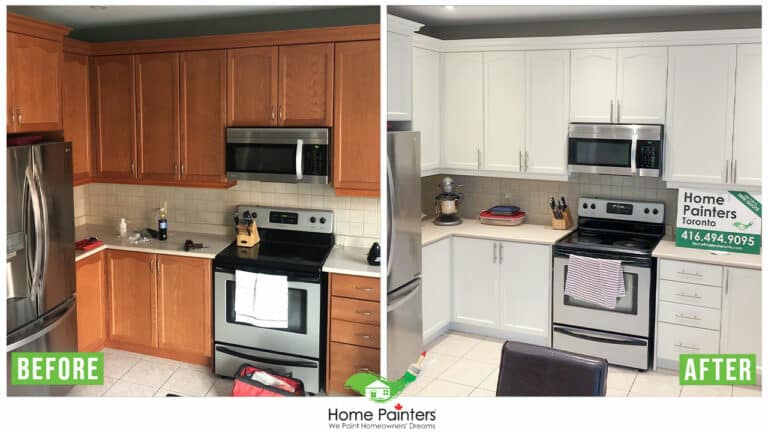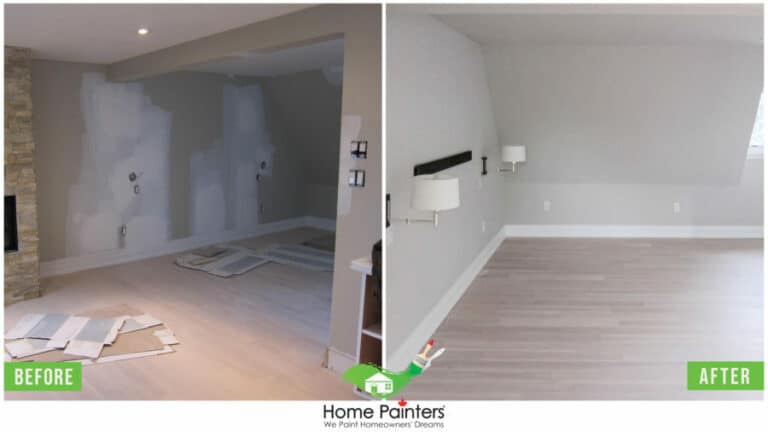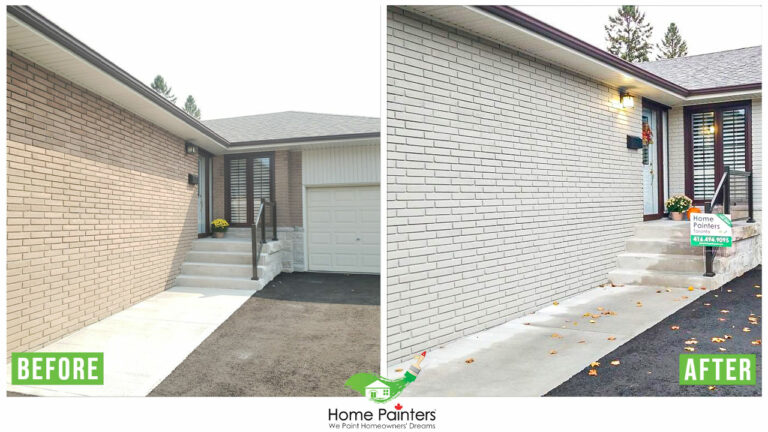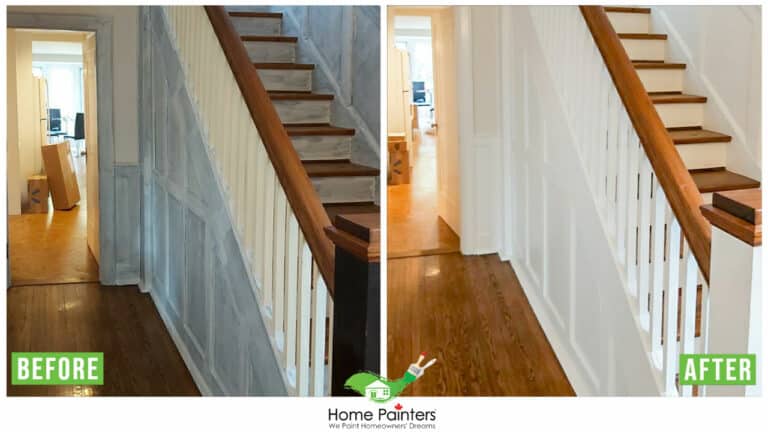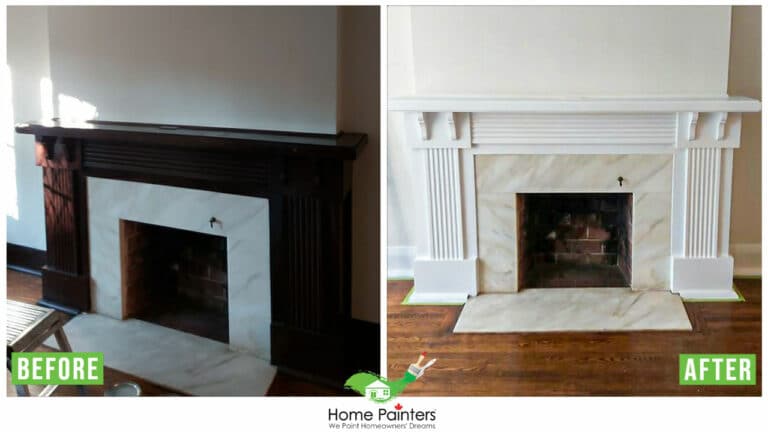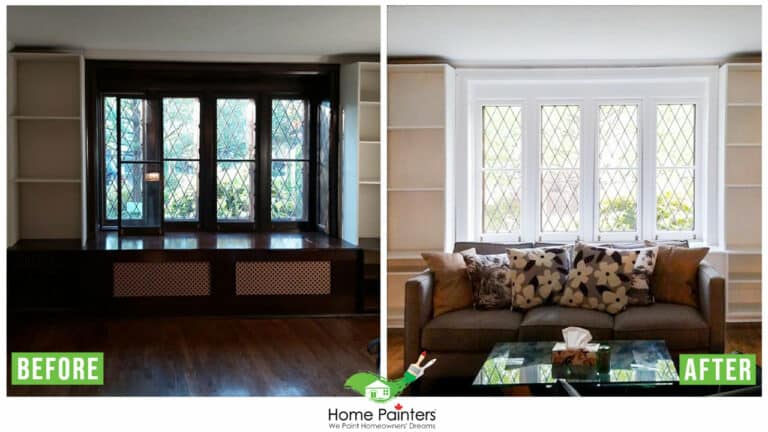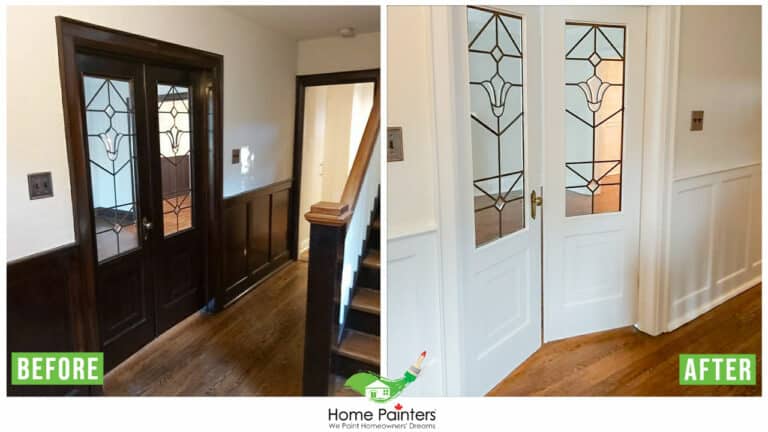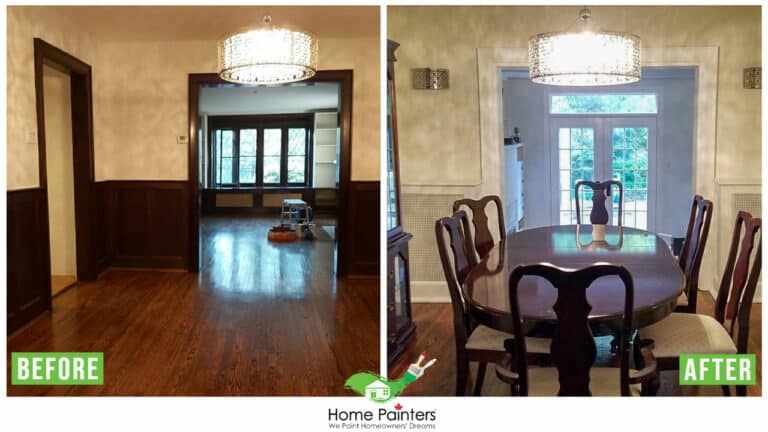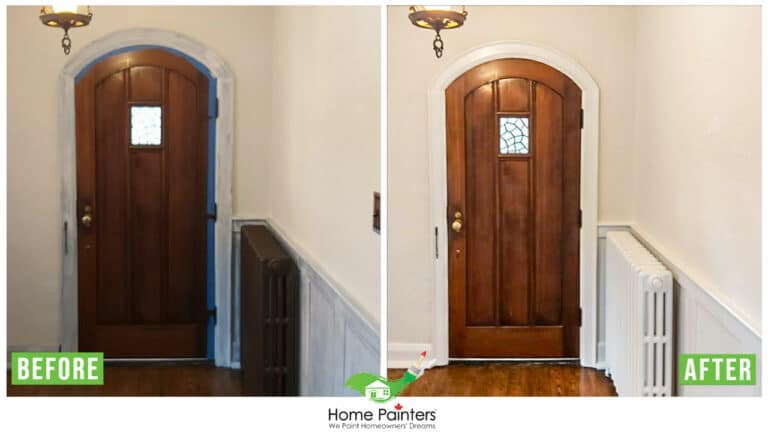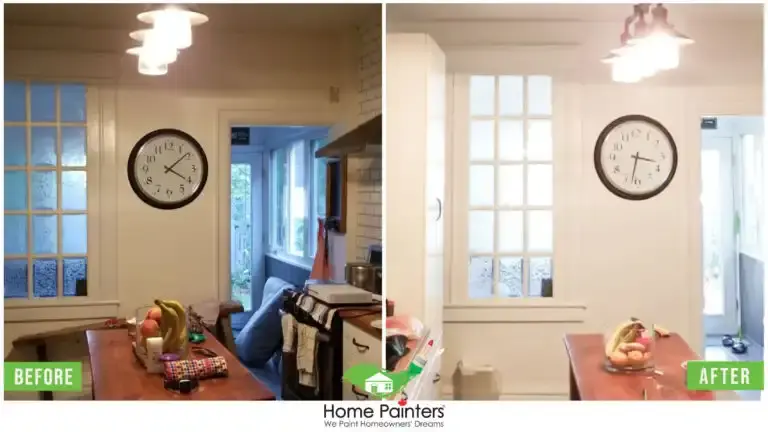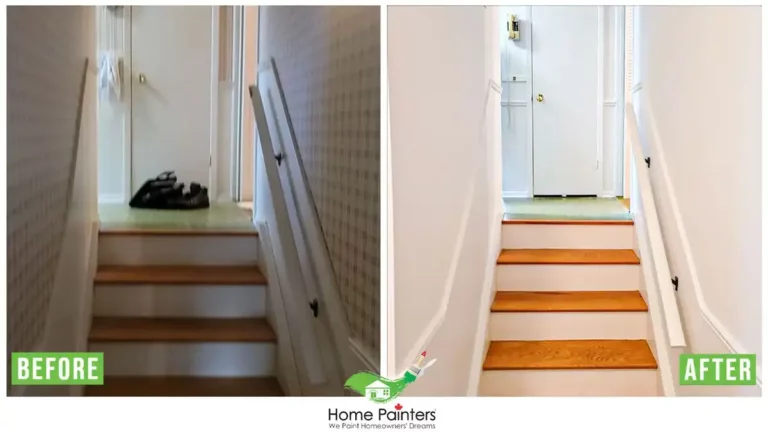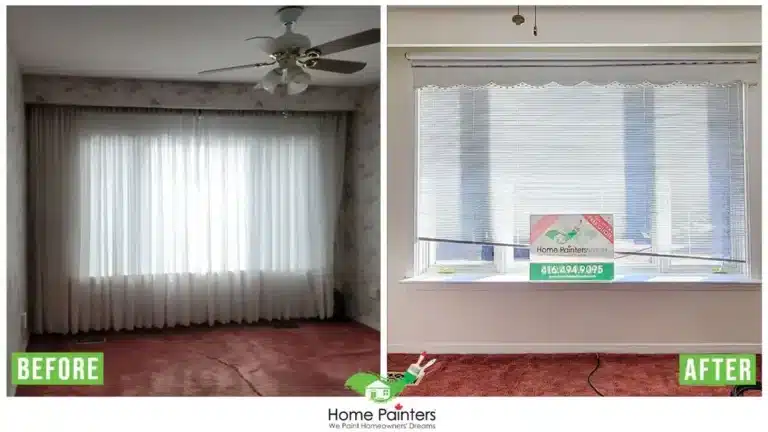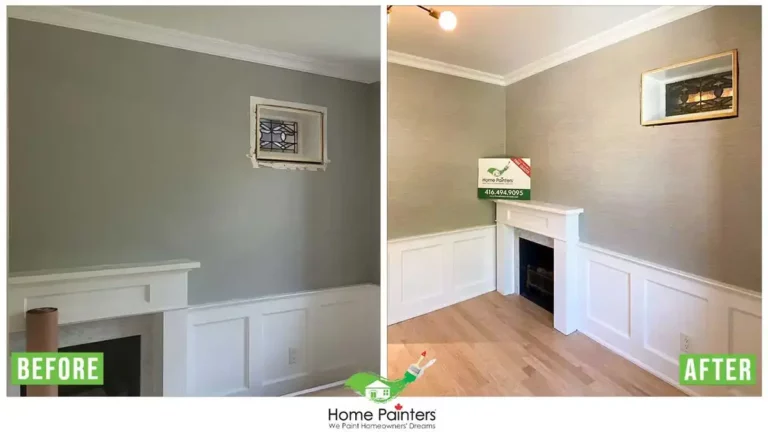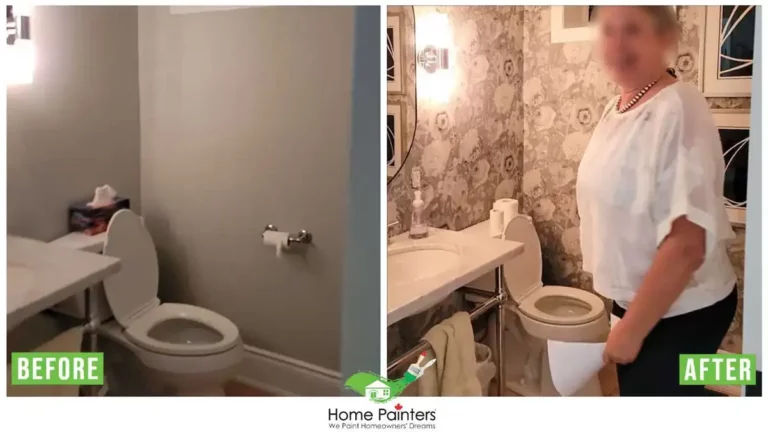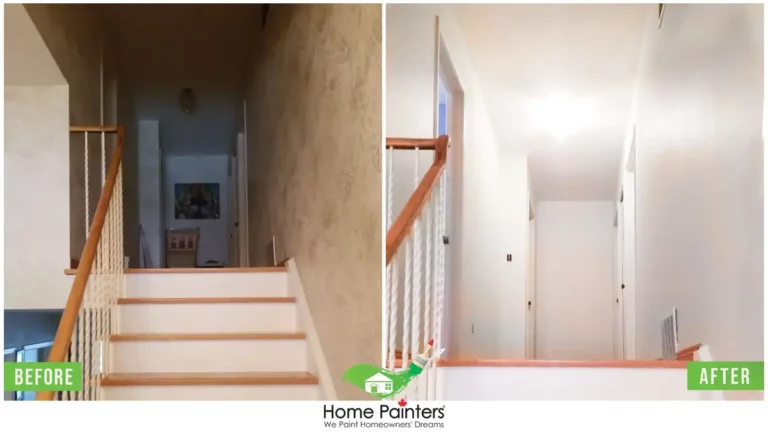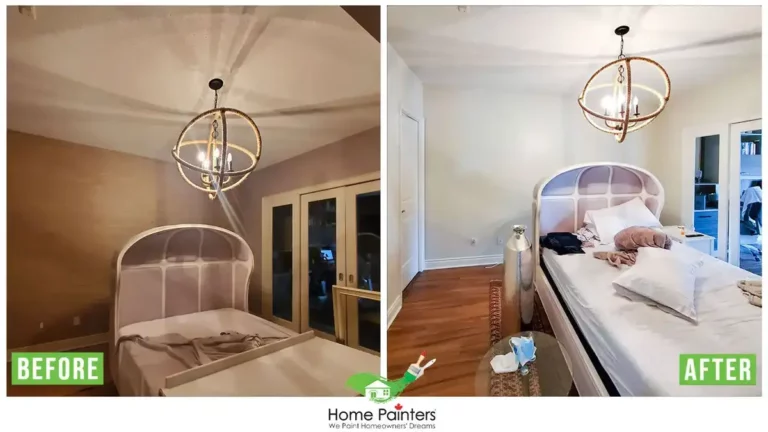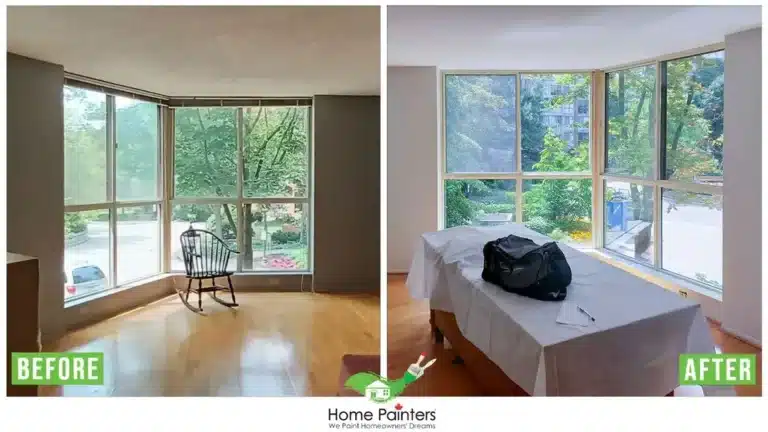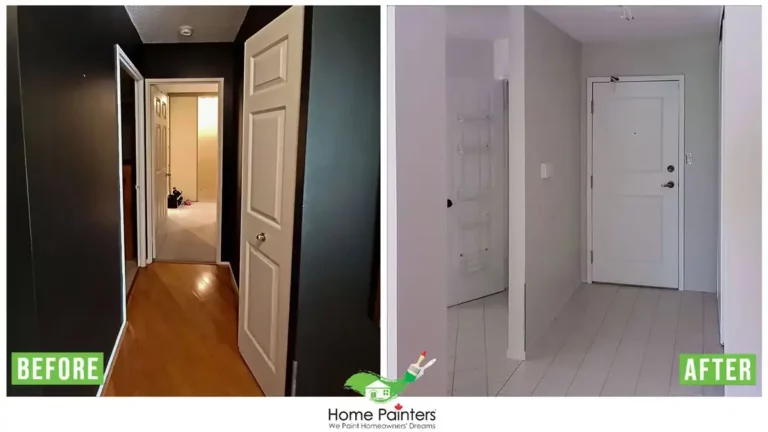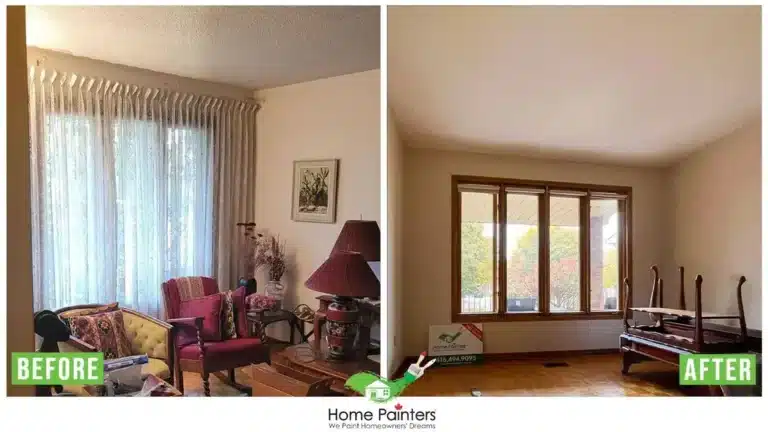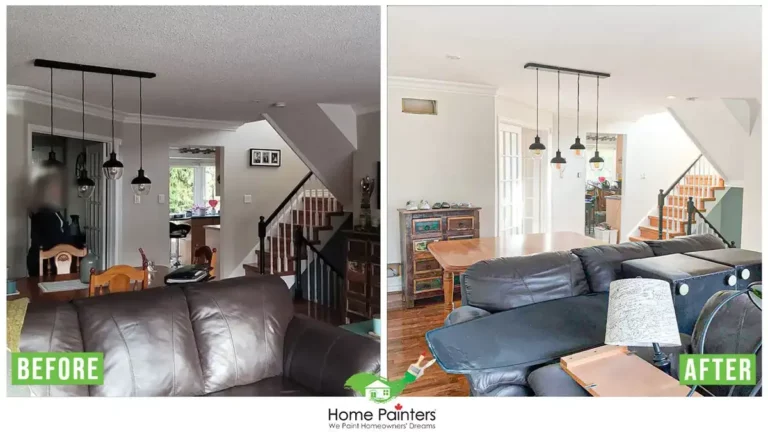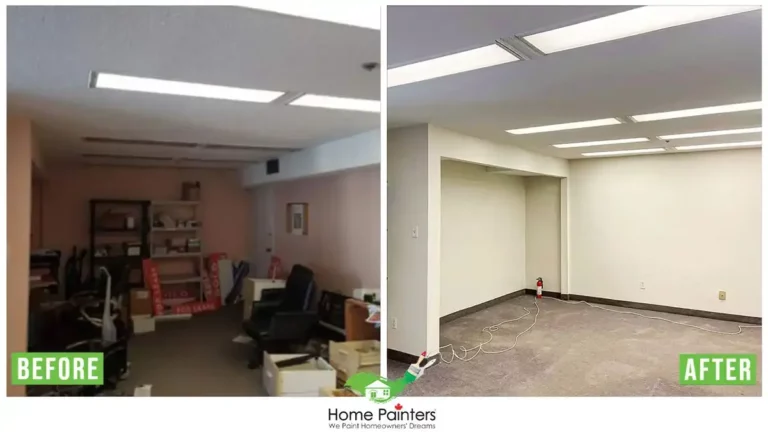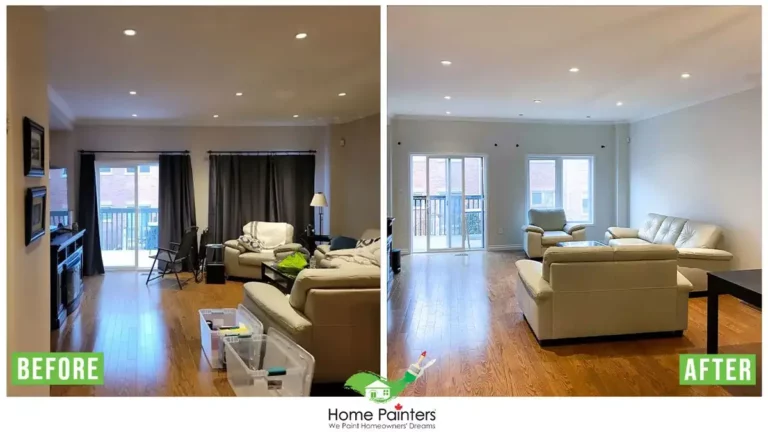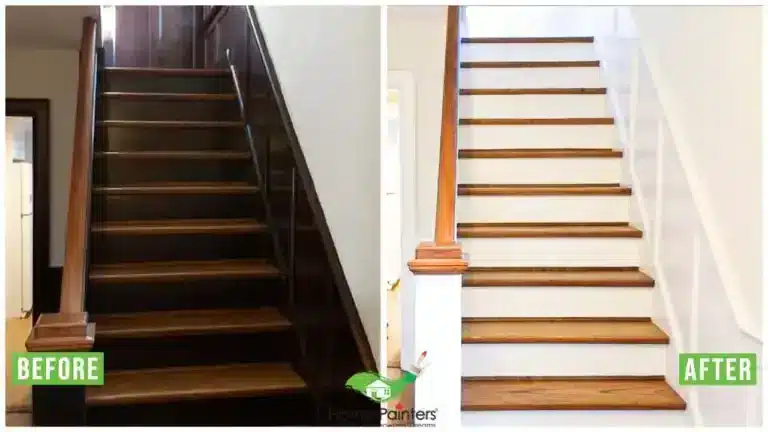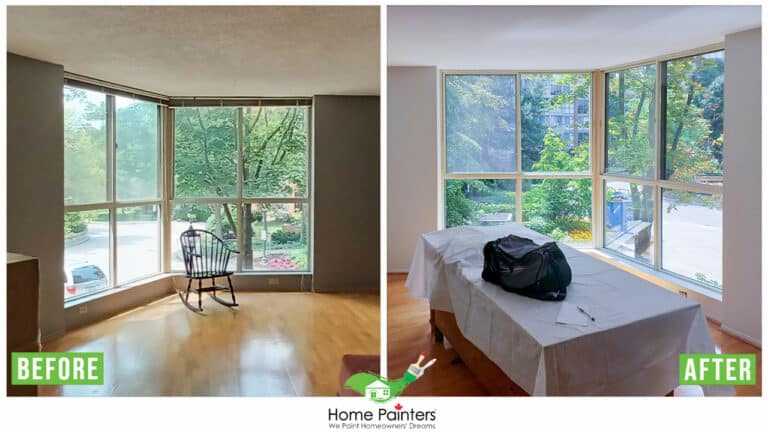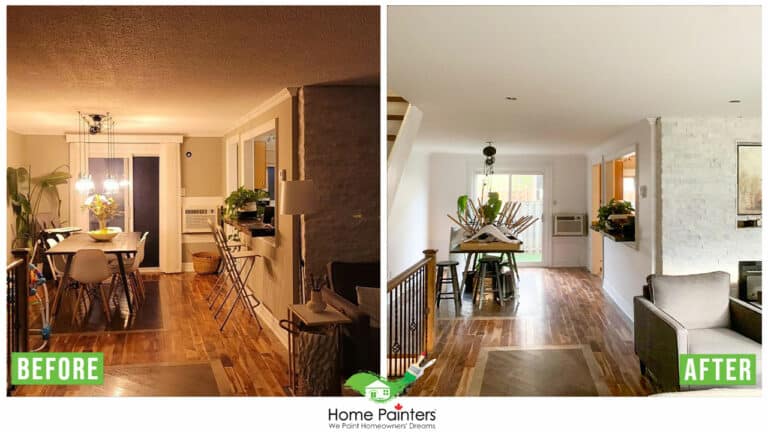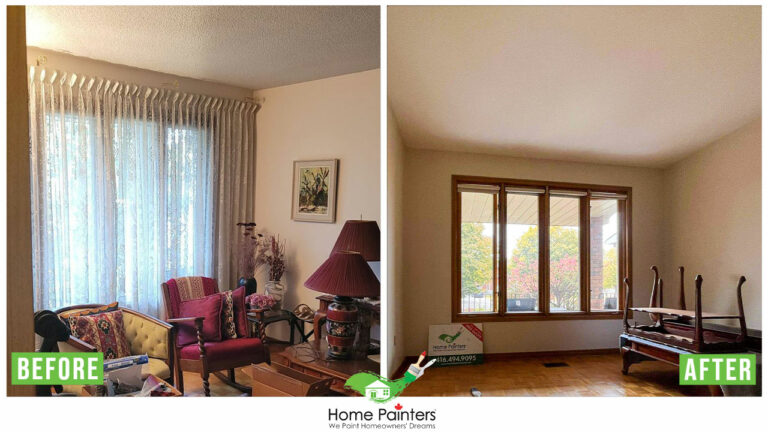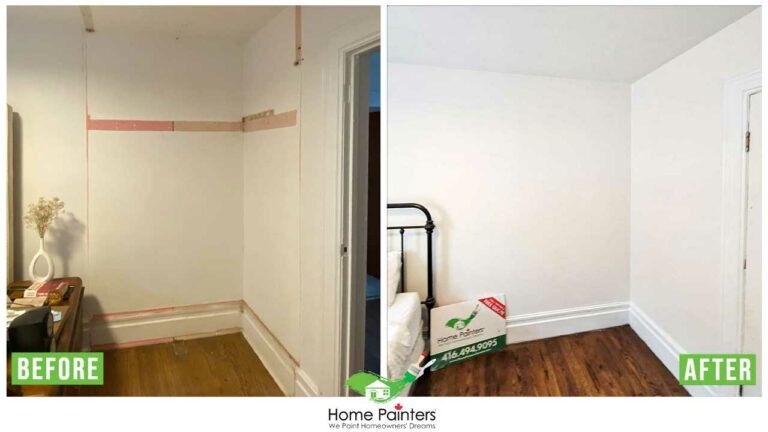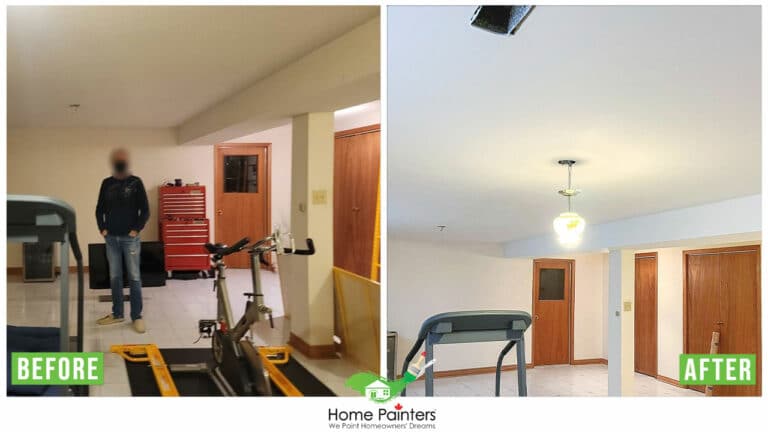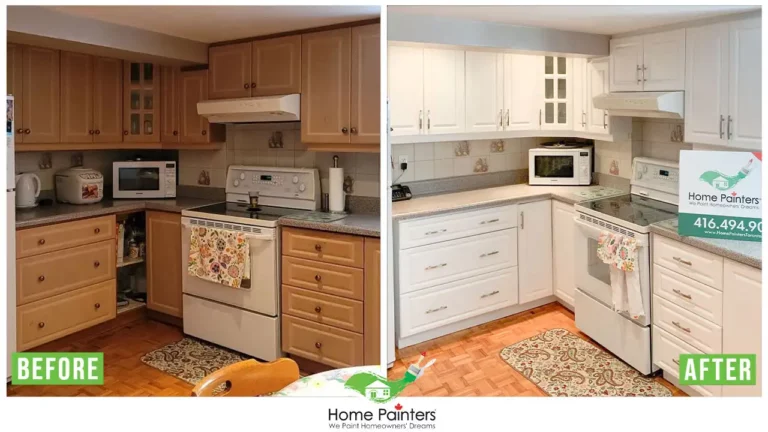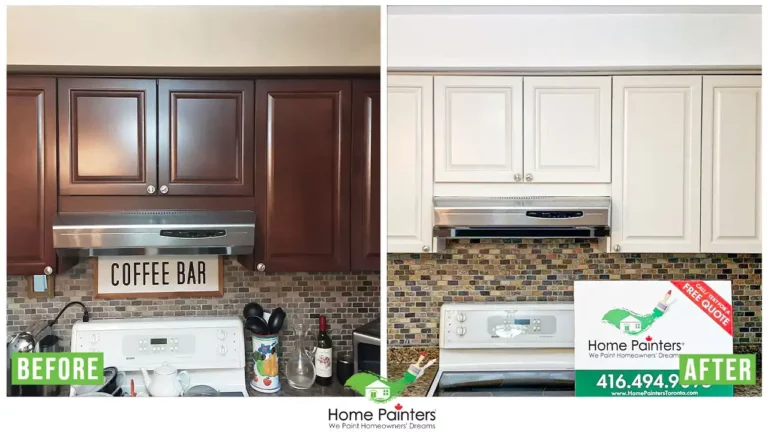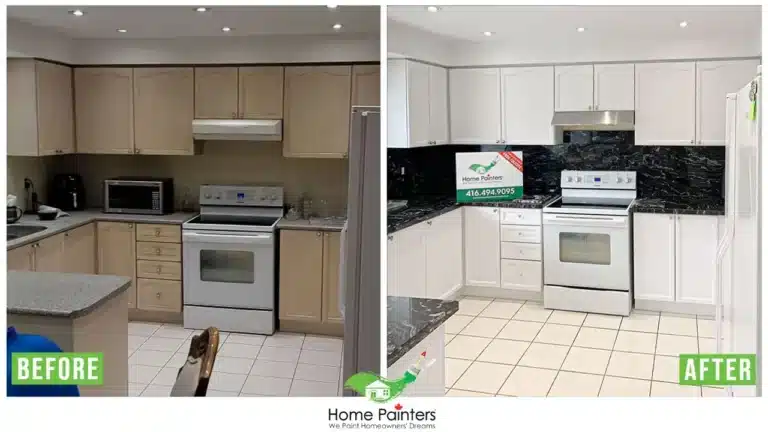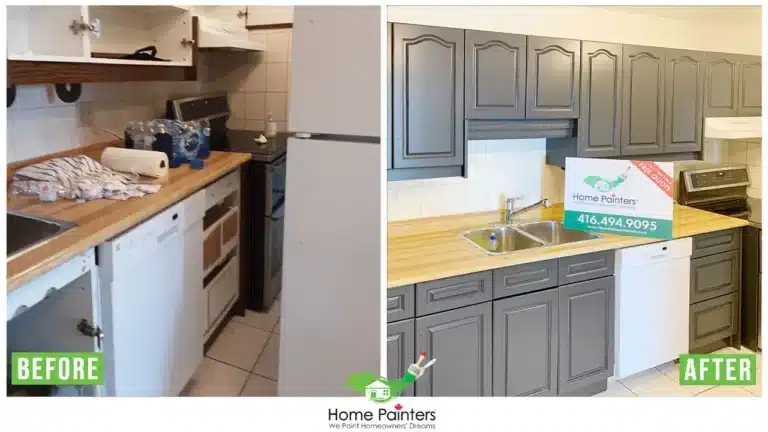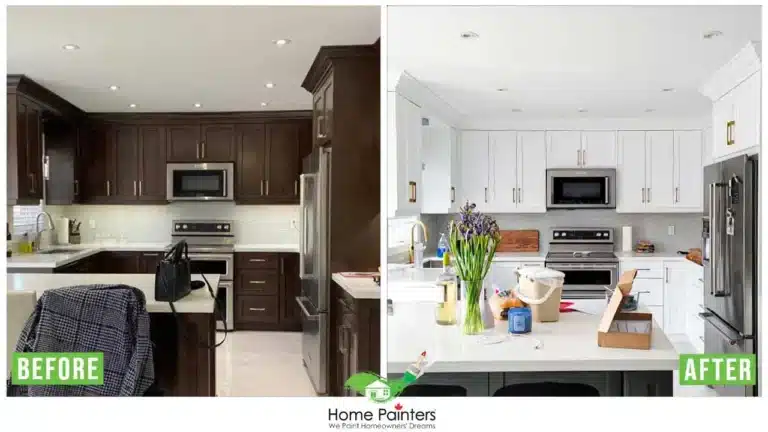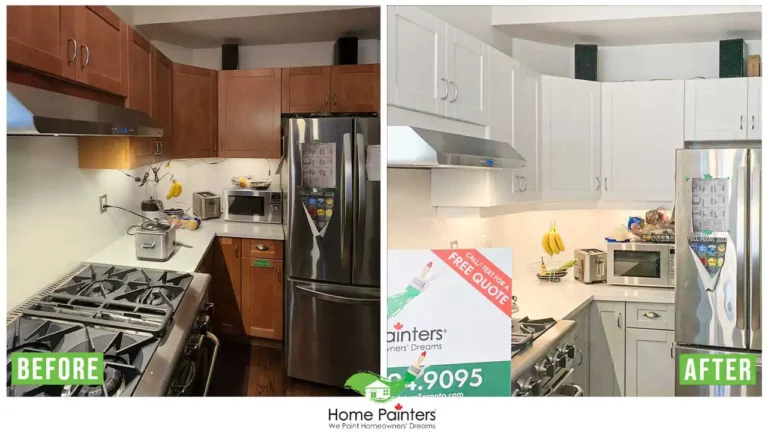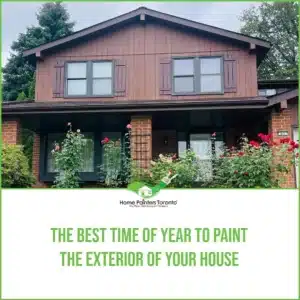
Painting your house is not just about aesthetics; it is also crucial for maintaining the structural integrity and value of your property. However, a common question homeowners often grapple with is, “How often should you paint your house?” The answer to this depends on various factors, including the type of siding, local climate, and the quality of the previous paint job. In this guide, we will delve into these factors to help you determine the optimal painting schedule for your home.
Why Painting Your House Matters
Protects Against the Elements
Your house faces constant exposure to the sun, rain, wind, and snow. A good layer of paint acts as a shield, protecting the exterior from weather damage. It prevents moisture from seeping in and causing rot or mould.
Enhances Curb Appeal
We all want our homes to look their best. Fresh paint can make a house look new again, boost its curb appeal, and increase its value. Whether you’re planning to sell or just want to impress the neighbours, a new coat of paint can do wonders.
Prevents Structural Damage
Ignoring peeling or chipped paint can lead to more than just an eyesore. It can result in water damage, insect infestations, and structural issues. Regular painting helps maintain the integrity of your home’s exterior.
How Often Should You Paint the House Exterior?
The frequency of exterior painting depends on various factors, such as the climate and quality of the paint used. Generally, you should repaint every 5-10 years for optimal protection and aesthetics.
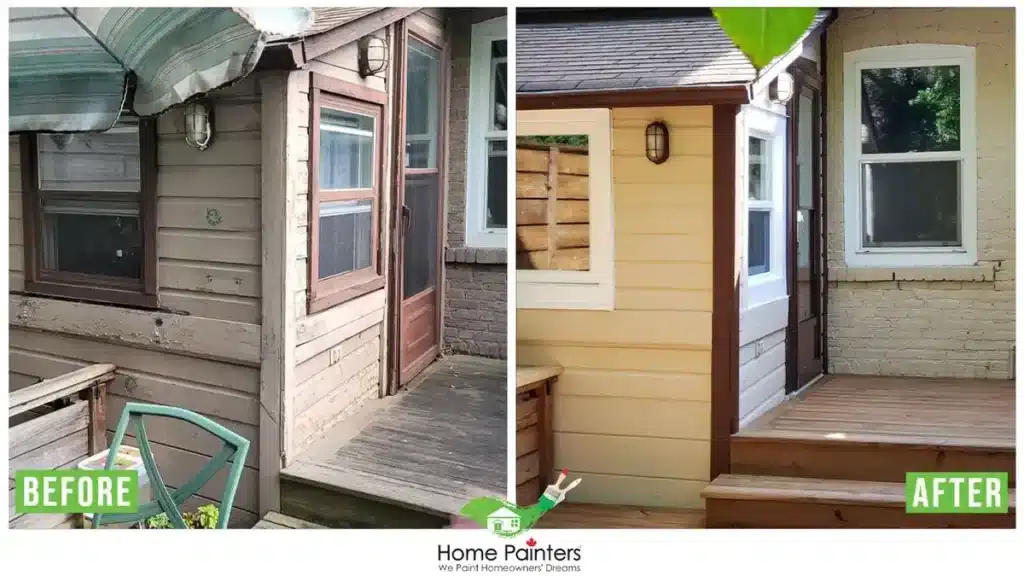
Wood Siding
Wood siding typically needs repainting every 4-7 years. This depends on the quality of the previous paint job and the climate. Areas with harsh weather conditions might need more frequent touch-ups.
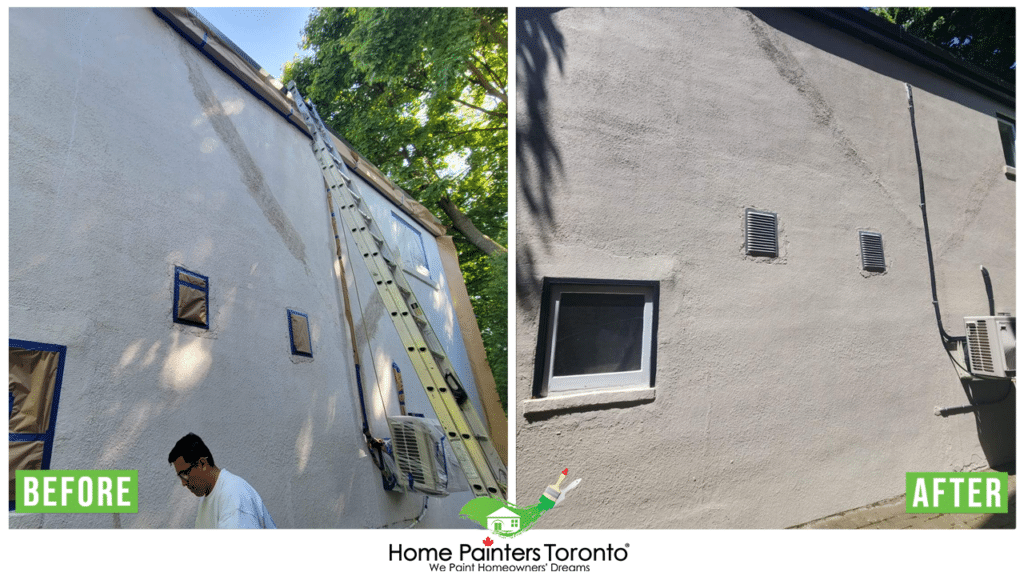
Stucco
Stucco exteriors generally last longer, around 5-6 years. However, they may require more frequent maintenance if they’re exposed to extreme weather conditions.
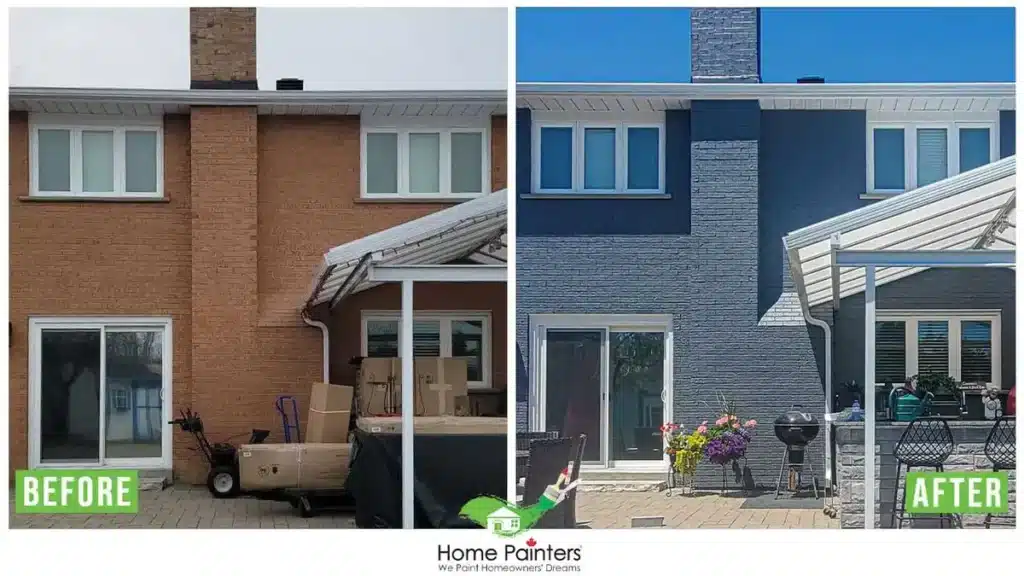
Brick
Brick homes are a bit different. If you have painted brick, it usually needs repainting every 15-20 years. However, unpainted bricks require less frequent attention, just occasional cleaning and sealing.
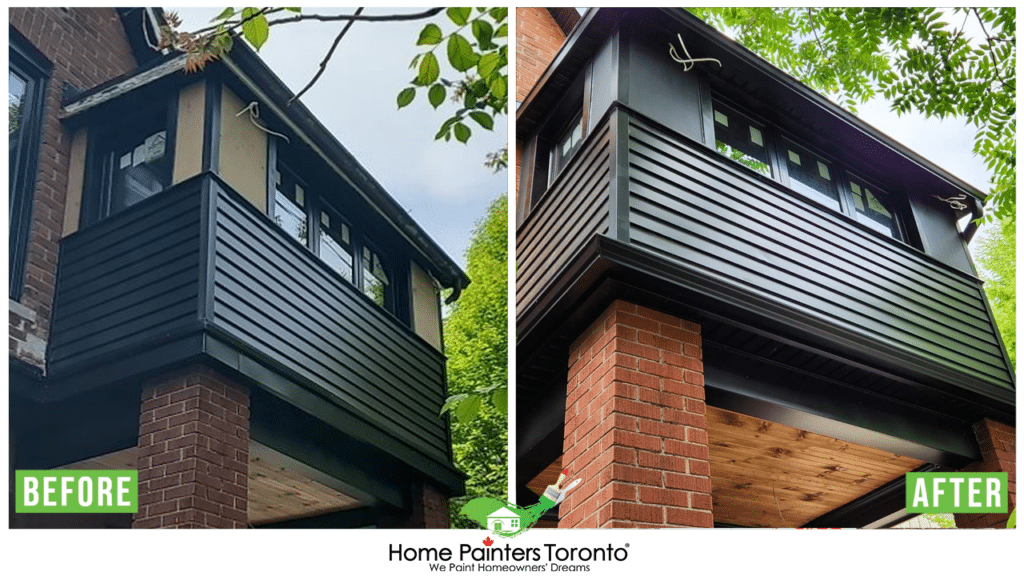
Vinyl and Aluminum Siding
These materials are low-maintenance compared to wood and stucco. You can expect to repaint vinyl and aluminum siding every 5-10 years. They hold paint well but watch out for colour fading.
Signs It's Time to Repaint
Aside from following a general painting schedule, there are other signs that indicate your home needs repainting. These include:
- Cracking or peeling paint: This could be caused by moisture, poor surface preparation, or low-quality paint.
- Fading: As mentioned earlier, vinyl and aluminum siding can fade over time. If you notice significant colour changes, it’s time for a fresh coat.
- Chalking: When the paint starts to flake off when rubbed, it means the binders have broken down and the paint is no longer protecting your home.
How Often Should You Paint the Interior?
Interior painting is less affected by external factors like weather and can last longer than exterior painting. However, the frequency of repainting depends on the room’s use and level of wear and tear.
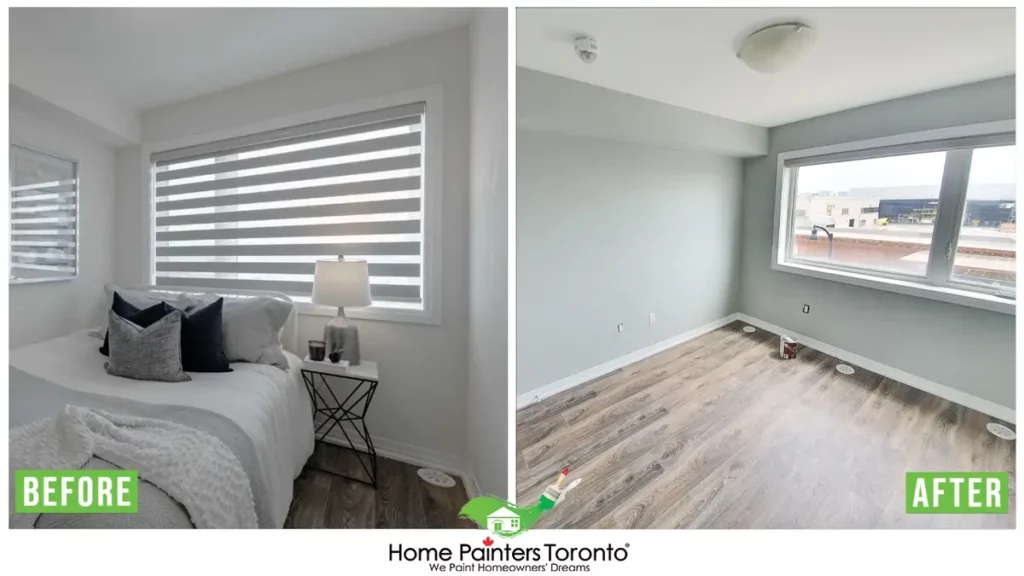
Living Rooms and Bedrooms
These rooms usually don’t need frequent repainting. You can refresh your living room or bedroom walls every 5-7 years unless you want to change the colour or they show signs of wear.
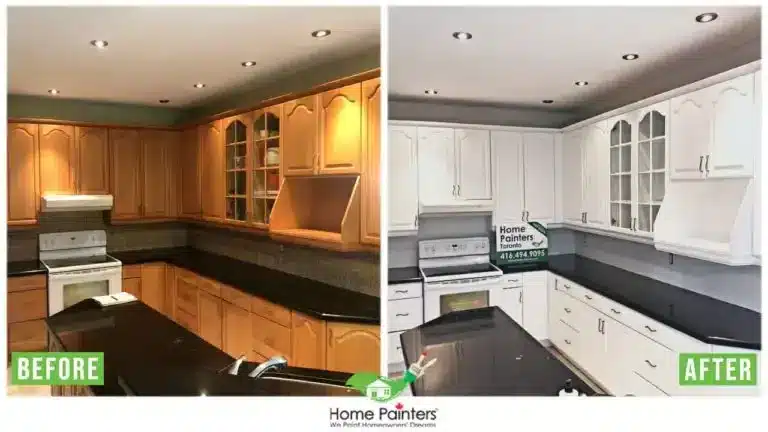
Kitchens and Bathrooms
Kitchens and bathrooms see more activity and moisture. Repaint these areas every 3-4 years to keep them looking clean and fresh.
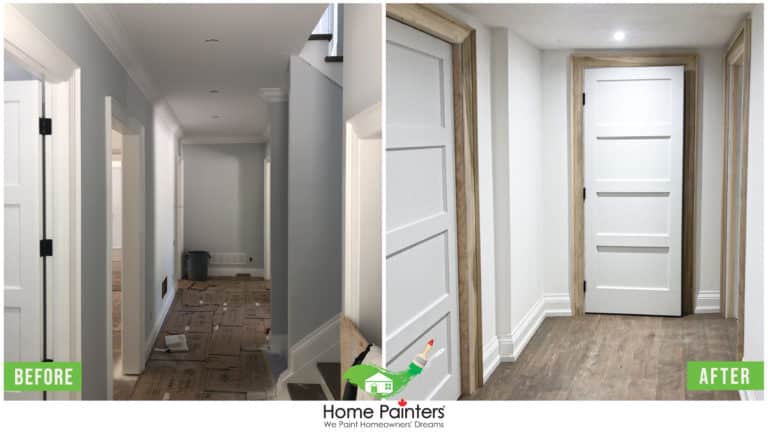
Hallways and Corridors
High-traffic areas like hallways and corridors get dirty and scuffed easily. Consider repainting these spaces every 2-3 years.
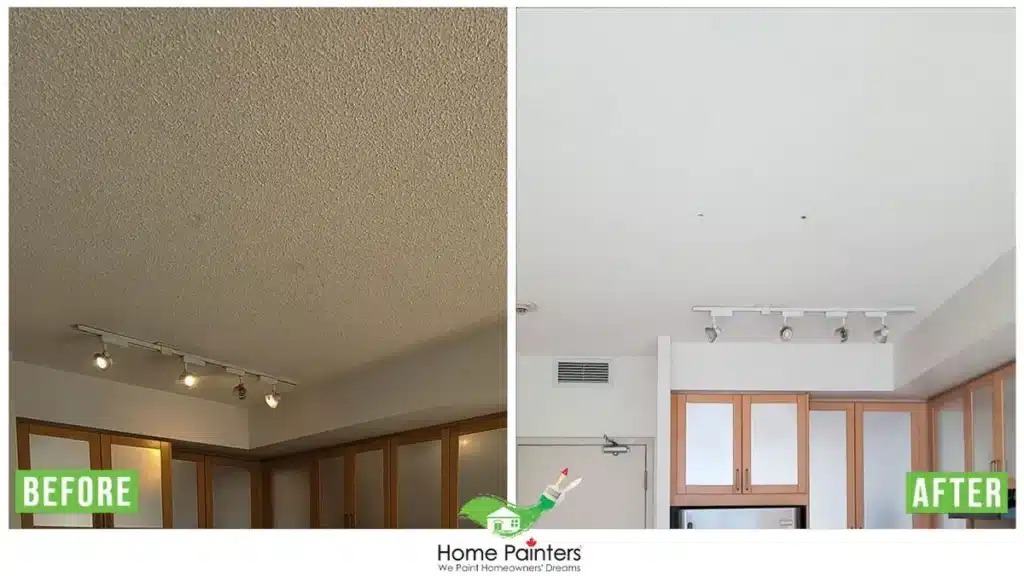
Ceilings
Ceilings don’t need to be painted as often as walls. Typically, you can repaint them every 10 years, or when they start to look dirty or show signs of water damage.
What is the Average Lifespan of House Paint?
The average lifespan of house paint can vary significantly based on several factors. Generally, high-quality exterior paints last between 5-10 years, while interior paints can last up to 15 years under optimal conditions.
Factors That Affect Paint Longevity
- Quality of Paint
- High-Quality Paint: This lasts longer and provides better protection. It resists peeling, cracking, and fading.
- Low-Quality Paint: Cheaper but might need more frequent touch-ups and repainting.
- Surface Preparation
- Clean Surface: Paint adheres better to a clean surface. Remove dirt, mould, and old flaking paint.
- Priming: Using a primer ensures better paint adhesion and extends the life of the paint.
- Application Method
- Professional Painting: Experts use the right tools and techniques, ensuring even coverage and longer-lasting results.
- DIY Painting: If done properly, can save money. However improper technique can lead to shorter paint life.
- Environmental Factors
- Climate: Extreme weather conditions like heavy rain, intense sun, or snow can wear down paint faster.
- Humidity: High humidity levels can cause paint to bubble and peel.
- Type of Surface
- Porous Surfaces (like wood): Absorb paint and may require more frequent recoating.
- Non-porous surfaces (like vinyl): Hold paint longer but can fade over time.
- Maintenance
- Regular Cleaning: Removing dirt and mildew can extend the life of your paint.
- Minor Repairs: Addressing small cracks or peeling immediately prevents larger problems.
Understanding these factors will help you better answer the question of how long does paint last and plan accordingly to keep your home looking its best.
Tips for Long-lasting Paint Jobs
Choose the Right Paint
- Opt for High-Quality Paint: It may be more expensive, but it lasts longer and provides better protection.
- Consider the Finish: Matte, satin, and gloss finishes each have their own durability levels. Gloss finishes are generally more durable.
Proper Preparation
- Clean the Surface: Dirt, mildew, and old paint can prevent new paint from sticking properly.
- Use a Primer: Priming ensures the paint adheres well and lasts longer.
Correct Painting Technique
- Use the Right Tools: Quality brushes and rollers can make a big difference.
- Apply Even Coats: Multiple thin coats are better than one thick coat.
Optimal Weather Conditions
- Dry Weather: Paint during dry weather to prevent moisture from affecting the paint.
- Mild Temperatures: Extreme heat or cold can affect how paint dries and adheres to the surface.
Regular Maintenance
- Clean Regularly: Washing your exterior walls can prevent dirt and mildew buildup.
- Inspect for Damage: Look for peeling or cracks and address them immediately to prevent further damage.
Hire Professionals
- Expertise and Tools: Professional painters have the knowledge, experience, and proper tools to ensure long-lasting paint jobs.
- Warranty: Hiring professionals often comes with a warranty, giving you peace of mind knowing that any issues will be taken care of.
CONCLUSION
Repainting your home’s exterior and interior is an important part of maintenance. Following a regular painting schedule and taking care of your paint can not only keep your home looking fresh and beautiful but also protect it from the elements. With the right materials, preparation, and techniques, you can have stunning and long-lasting paint jobs that will make your house feel like a home for years to come.
Most Interesting Blogs Related to
“HOW OFTEN SHOULD YOU PAINT YOUR HOUSE? A COMPREHENSIVE GUIDE”
Ready to Transform Your Home? At Home Painters Toronto, we’re dedicated to making your home look its best, inside and out. Our team of expert painters uses high-quality materials and proven techniques to ensure a flawless finish that lasts. Whether you need a fresh coat of paint for your living room, a bold new colour for your kitchen, or a full exterior painting for your home, we’ve got you covered. Call us at 416.494.9095 or email us at [email protected] to book your service now! Also, don’t forget to follow us on all our social channels below!


